Enlarged structural and compositional features of "living cement" - Photo: CRPS
Recently, a group of scientists from Aarhus University (Denmark) and Chongqing Jiaotong University (China) successfully embedded Shewanella oneidensis bacteria into hard cement, creating a "hybrid material between bacteria and cement".
This "living cement" not only helps support buildings, it also acts as a "rechargeable" energy storage system.
This breakthrough opens up a future where city building materials can provide energy for humans, according to IFLScience on September 15.
The live cement is made by adding sodium sulfate powder (an electrolyte that supports bacteria) to the cement, followed by adding bacteria diluted in sterile deionized water. The cement mixture is poured into a mold and left at room temperature for 24 hours.
Shewanella oneidensis is an electroactive bacterium, capable of creating a network of electrically charged particles to store and release energy.
This living cement has an energy density of 178.7 Wh/kg. To put that in perspective, a typical LED light bulb consumes 4-18W. Therefore, one kilogram of living cement can power up to 44 LEDs – a huge amount of energy to be generated by microscopic bacteria.
After 10,000 energy cycles, the cement still maintained 85% of its capacity, showing long-term use potential.
However, because it is a “living” material, there is a chance that the bacteria will die. Therefore, the research team used small channels inside the cement to provide nutrients for the bacteria, and were able to restore them to 80% of their original capacity.
These are a huge step forward over conventional batteries as they are rechargeable and do not contain toxic heavy metals, making them more environmentally friendly.
In addition, the raw cement can still provide energy when the temperature drops to 0 degrees Celsius and at room temperature (20 - 33 degrees Celsius).
The technology could be integrated into building structures such as walls, foundations or bridges, and could also help provide some of the same energy as solar panels, the team says.
While the idea is interesting, living cement is not yet ready for use on construction sites. The natural alkalinity of cement poses a challenge to bacterial survival, and the performance of electro-active microorganisms is highly dependent on the environment.
The team is focusing on possible solutions such as creating stronger bacterial strains and adjusting the porosity of the cement to provide better nutrition.
The study was published in the journal Cell Reports Physical Science .
ANH THU
Source: https://tuoitre.vn/tao-ra-loai-xi-mang-moi-vua-xay-nha-vua-co-the-thap-sang-hang-chuc-bong-den-20250916113738163.htm


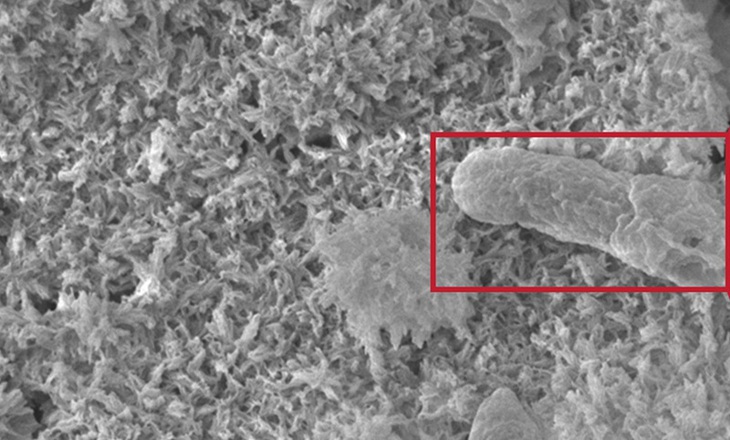



![[Photo] Prime Minister Pham Minh Chinh chairs meeting to deploy overcoming consequences of storm No. 10](https://vphoto.vietnam.vn/thumb/1200x675/vietnam/resource/IMAGE/2025/10/3/544f420dcc844463898fcbef46247d16)

![[Photo] Students of Binh Minh Primary School enjoy the full moon festival, receiving the joys of childhood](https://vphoto.vietnam.vn/thumb/1200x675/vietnam/resource/IMAGE/2025/10/3/8cf8abef22fe4471be400a818912cb85)
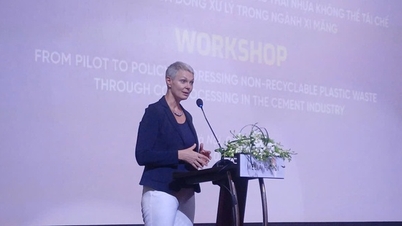



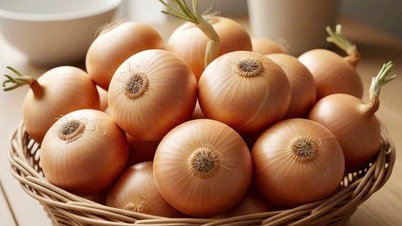

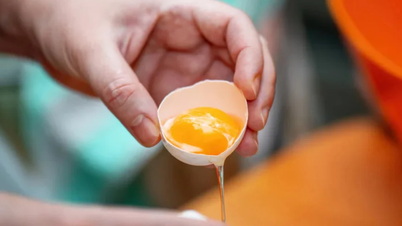


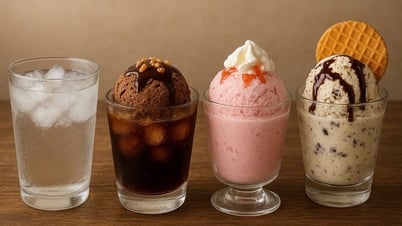
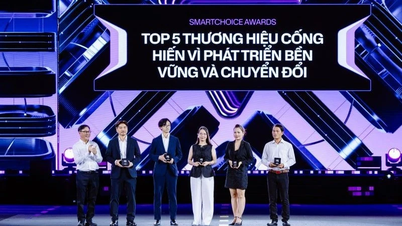

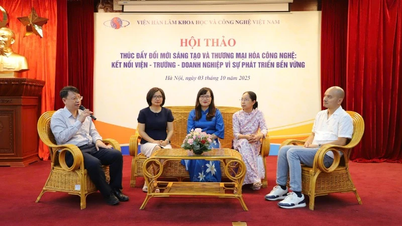


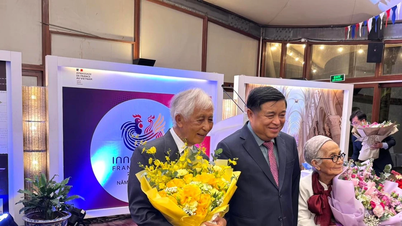
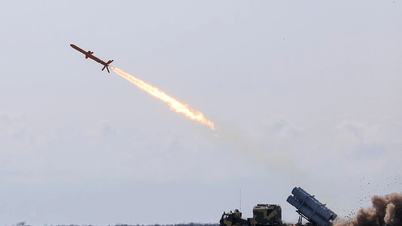






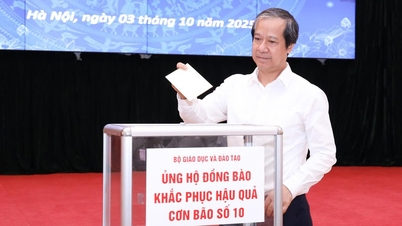

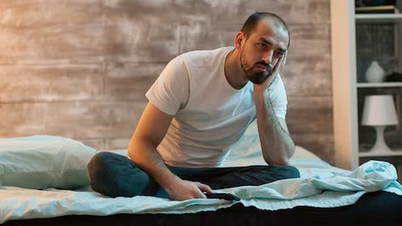
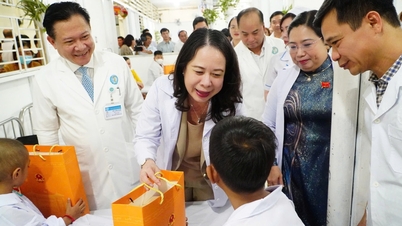
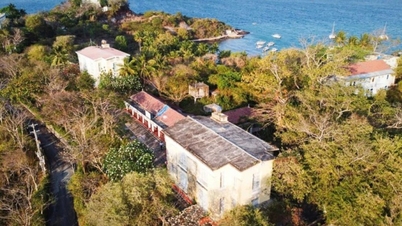
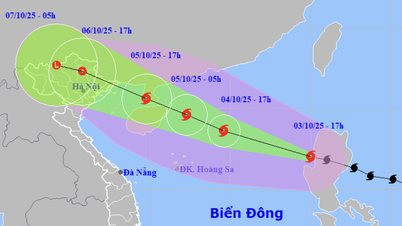






















































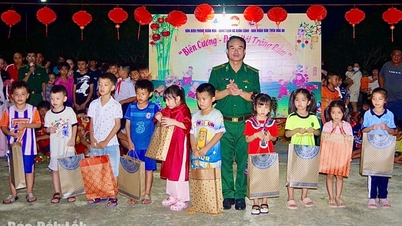











Comment (0)